The Essence of Cultural Fusion in Kitchen Design
In today’s fast-paced world, the concept of cultural fusion in design has taken the kitchen space by storm. As global influences blend seamlessly with personal aesthetics, kitchens are becoming spaces where culture, functionality, and style converge. Globalized travel, the accessibility of international food, and the merging of diverse cultures have led to a trend of incorporating global inspirations into kitchen design. Whether it’s the minimalist charm of Scandinavian design, the intricate warmth of Moroccan tiles, or the rustic appeal of Mediterranean cooking spaces, cultural fusion kitchens are redefining home interiors.
Understanding Cultural Fusion in Kitchens
Defining Cultural Fusion
Cultural fusion refers to the combination of diverse design elements from various cultural traditions, creating a unique and harmonious aesthetic. This fusion takes place in every aspect of design – from materials to patterns, color schemes to furniture choices.
Examples of Fusion Designs:
- Scandinavian & Japanese Fusion: A minimalist Scandinavian kitchen combined with the simplicity and functionality of Japanese design elements such as low shelving and natural wood.
- Mediterranean & Industrial: The earthy tones and warm finishes of Mediterranean kitchens with the sleekness and utilitarian style of industrial decor.
- Moroccan & Contemporary: A modern kitchen enriched with vibrant Moroccan-inspired tiles and decorative elements.
Why Kitchens Are the Ideal Space for Fusion Design
Kitchens are at the heart of home life, both practically and emotionally. They’re spaces of creativity, cultural expression, and functionality, making them perfect for cultural fusion design.
- The Intersection of Food and Culture: Kitchens are where food, culture, and design converge. Each cuisine brings unique tools, aesthetics, and practices, offering endless inspiration for kitchen designs.
- Personal Expression: Kitchens reflect our lifestyles, and cultural fusion offers a platform to express personal and cultural narratives through design.
- Globalization Impact: The digital age has given people access to global cultures, making it easier than ever to incorporate influences from different corners of the world.
Benefits of Fusion Kitchens
- Uniqueness & Personalization: A fusion kitchen provides a distinctive and personalized design that tells a story.
- Functionality Meets Aesthetics: Drawing on global best practices, fusion kitchens are not just beautiful but also practical.
- Cultural Connection: A kitchen influenced by diverse cultures allows homeowners to celebrate their heritage or love for global cuisines and design.
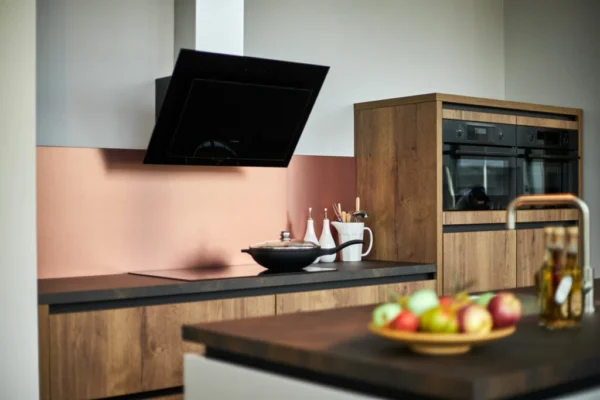
Key Elements of Cultural Fusion Kitchen Design
Material Choices Inspired by Global Styles
Material selection is one of the most important elements in designing a fusion kitchen. Different cultures offer distinctive materials that can define a space.
- Scandinavian & Japanese: Light woods, clean lines, and minimalist surfaces, creating a sense of simplicity and tranquility.
- Mediterranean & Indian: Warm, natural materials such as terracotta, marble, and stone, reflecting a sense of groundedness.
- Industrial & Moroccan: Mixing steel, glass, and bold, colorful elements for a more eclectic and modern feel.
Color Palettes Across Cultures
Colors play a vital role in conveying the mood and energy of a space.
- Neutral Tones (Scandinavian & Japanese): Light grays, whites, and natural wood tones create calm, clean environments.
- Vibrant Hues (Indian & Moroccan): Rich reds, yellows, and blues inject life into a space.
- Earthy Shades (Mediterranean & African): Soft ochres, terracotta, and sand-inspired hues evoke warmth and nature.
Patterns and Textures with Cultural Significance
Patterns are a key element in fusion kitchens, bringing global influences into a cohesive design.
- Moroccan Tiles: Decorative, hand-painted tiles are a signature of Moroccan and Mediterranean styles.
- Geometric Designs (Middle Eastern & African): Bold, angular patterns found in traditional carpets or pottery, offering a striking visual element.
- Minimalist Surfaces (Japanese & Nordic): Smooth surfaces and clean lines, emphasizing simplicity and functionality.
Furniture and Fixtures
Furniture and fixtures in fusion kitchens can either complement or contrast with the overall design.
- Scandinavian-Style Cabinets: Simple, functional, and natural wood.
- Ornate Cabinets (Victorian & Indian): Intricate details carved into wooden furniture, adding richness and texture.
- Open Shelving (Mediterranean & Industrial): Open shelves bring accessibility and openness, contributing to a laid-back feel.
Functional Aspects of Fusion Kitchens
Practical Layouts Inspired by Global Cultures
Kitchen layouts are often determined by the type of cuisine or cooking techniques.
- Open-Plan Kitchens (Western Influence): The rise of the open-plan kitchen has made space more inclusive, allowing for social interaction while cooking.
- Compact Japanese Kitchens: Utilizing small, functional spaces with modular and efficient layouts.
- Multi-Functional Italian Islands: The kitchen island in Mediterranean homes often doubles as a prep area, dining space, and social hub.
Storage Solutions Across Cultures
Effective storage is essential for a well-organized kitchen.
- Hidden Storage (Japanese & Scandinavian): Minimalist designs often feature clever storage solutions to maintain clean lines.
- Open Shelving (Mediterranean & Moroccan): Accessible, airy shelves for displaying colorful dishes and decor.
- Modular Cabinets (Modern European): Versatile cabinets that adapt to the kitchen’s needs and personal preferences.
Cooking Spaces Reflecting Culinary Traditions
Every culture has its own cooking techniques, and kitchens often reflect those practices.
- Tandoor Ovens (Indian Influence): A traditional clay oven for preparing flavorful dishes.
- Pizza Ovens (Italian Tradition): Outdoor pizza ovens bring the essence of Italian cooking to fusion kitchens.
- Wok Burners (Asian Influence): Special burners designed for stir-frying and other Asian cooking methods.
Infusing Global Decor Elements into Kitchen Spaces
Lighting Styles Across Cultures
Lighting can enhance the ambiance and functionality of a fusion kitchen.
- Pendant Lighting (Scandinavian & Industrial): Sleek, modern lighting fixtures that provide focused illumination.
- Lantern-Inspired Fixtures (Moroccan & Asian): Dim lighting that adds a warm, inviting glow.
- Recessed Lighting (Mediterranean & Modern European): Soft, ambient light to create a cozy atmosphere.
Art and Decor for a Multicultural Touch
Decor elements give character and individuality to a kitchen.
- Cultural Wall Art: Prints or paintings reflecting various cultures, bringing personality to the kitchen.
- Handcrafted Pottery & Woven Textiles: Use of artisanal decor to elevate the space.
- Small Sculptures or Figurines: Pieces that represent different global traditions.
Bringing Nature Indoors
Integrating nature into the kitchen enhances the feel of a tranquil, organic space.
- Indoor Herb Gardens: Incorporating fresh herbs on windowsills or counters.
- Stone or Wooden Planters: Natural materials for adding greenery in Mediterranean and Japanese-inspired kitchens.
Technological Integration in Fusion Kitchens
Smart Kitchen Technologies Across Cultures
Global influences are not just visible but can be experienced with cutting-edge technology.
- Smart Appliances (Western Influence): Ovens, refrigerators, and coffee makers that are technologically advanced, offering both functionality and convenience.
- Space-Saving Features (Japanese): Compact and efficient kitchen solutions like foldable counters and retractable hoods.
- Energy-Efficient Solutions (European & Asian): Green technologies for sustainable living, such as induction cooktops and energy-efficient lighting.
Blending Tradition with Technology
The beauty of fusion kitchens lies in combining traditional methods with modern tools.
- Traditional Cooking Tools & Modern Appliances: Incorporating tools like mortar and pestles alongside high-tech blenders or induction cooktops.
- Smart Ovens for Traditional Dishes: Ovens that allow for precise temperature control, ideal for traditional slow cooking or baking techniques.
Conclusion: Embracing Cultural Fusion in Kitchen Design
Incorporating cultural fusion into kitchen design is an exciting way to create a space that is not only beautiful but also functional and meaningful. Whether you’re drawn to the minimalist elegance of Scandinavian kitchens or the rich textures of Moroccan interiors, a fusion kitchen reflects the stories, traditions, and innovations of multiple cultures. By combining design elements from around the world, you create a kitchen that celebrates diversity while offering unparalleled functionality.
Fusion kitchen design encourages us to think beyond boundaries and embrace the best of what each culture has to offer, transforming the heart of the home into a true work of art.

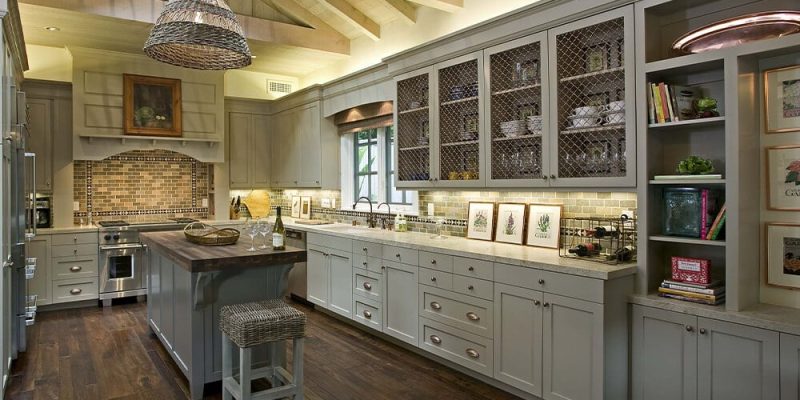
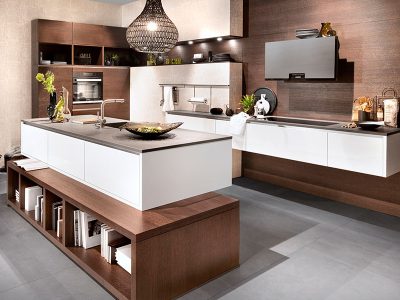
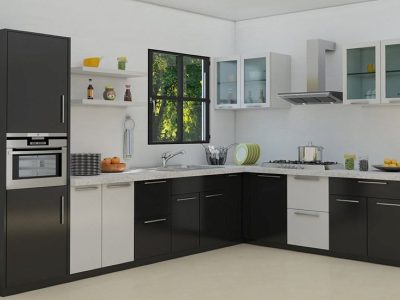
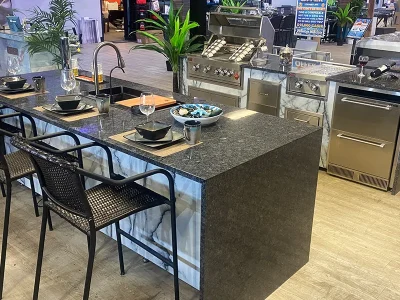


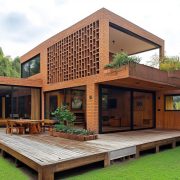


Comments